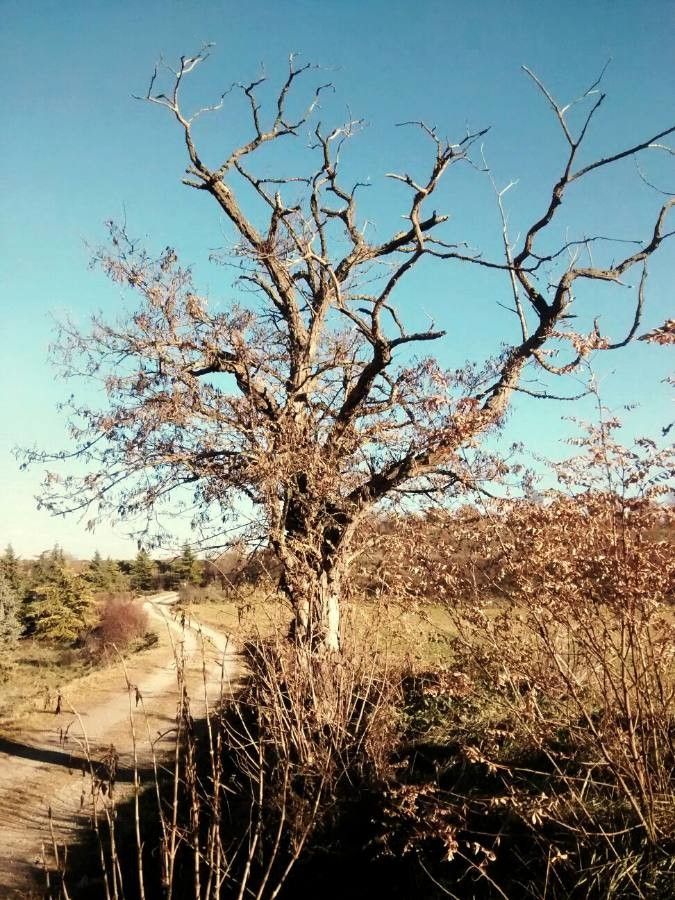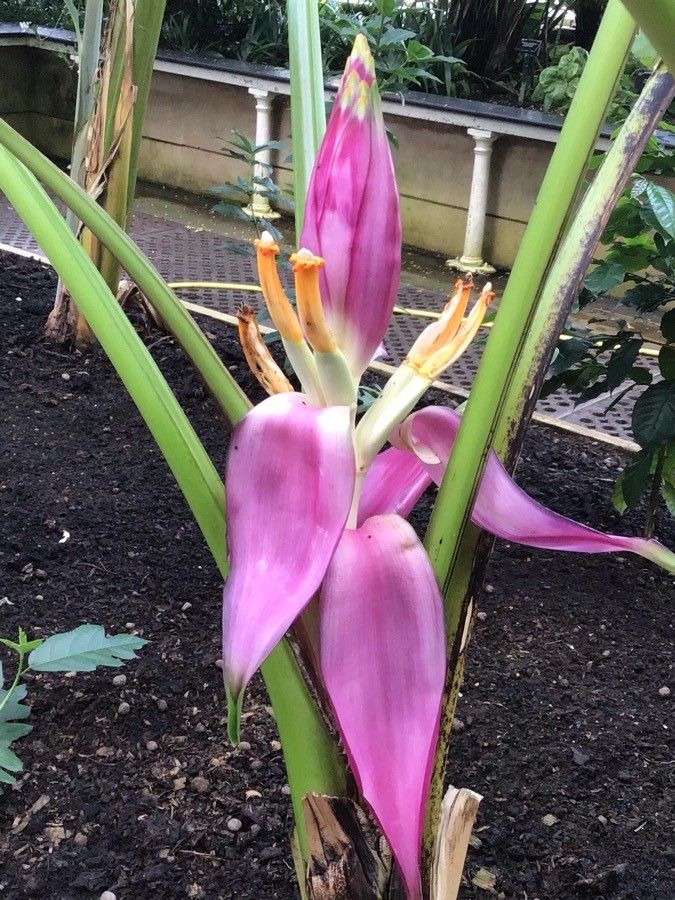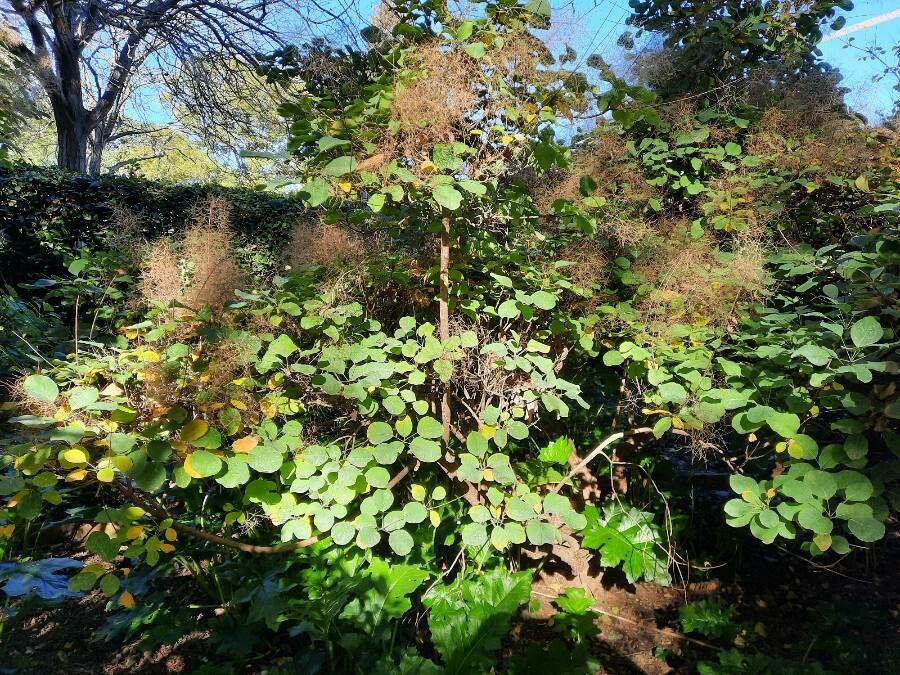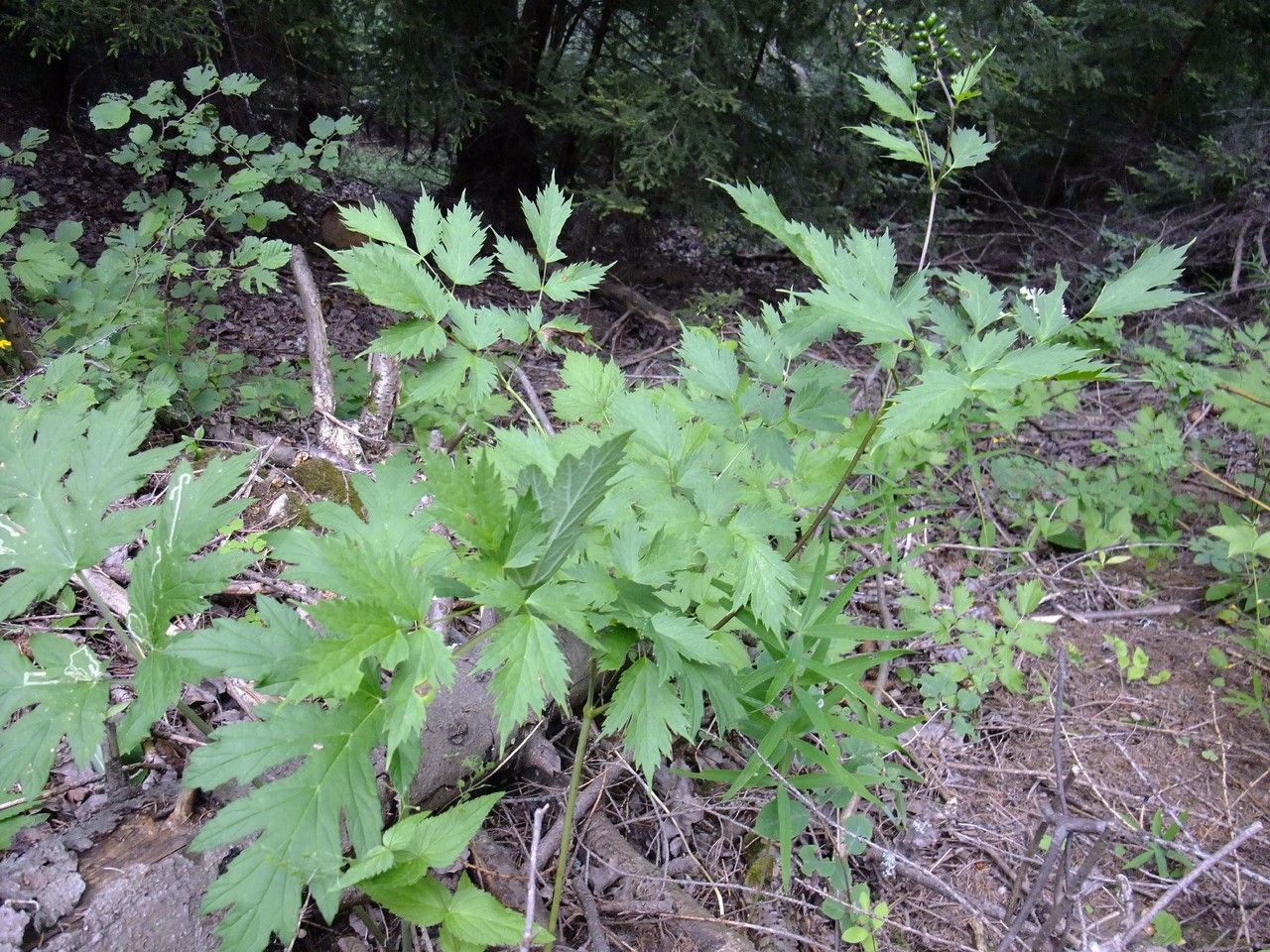## False Acacia: A Complete Guide to *Robinia pseudoacacia*
The False Acacia, also known as Black Locust (*Robinia pseudoacacia*), is a captivating tree belonging to the Fabaceae family, renowned for its fragrant white flowers, striking bark, and remarkable adaptability. This guide delves into the details of this fascinating species, offering valuable insights for both seasoned gardeners and curious plant enthusiasts.
### Identification and Characteristics
False Acacia is easily identified by its delicate, pendulous racemes of fragrant white flowers, which bloom in late spring, attracting pollinators like bees. The leaves are pinnately compound, meaning they consist of numerous small leaflets arranged along a central stem. Its bark is deeply furrowed and dark grayish-brown, becoming even more textured with age. The tree can grow to impressive heights, reaching up to 70-80 feet (21-24 meters) tall and spreading wide.
### Habitat and Growth
Native to the southeastern United States, False Acacia has naturalized in many parts of the world, often becoming invasive in certain regions. It thrives in various soil types, showing remarkable tolerance for poor and dry conditions. It prefers full sun exposure but can tolerate partial shade. This fast-growing tree is often found along roadsides, in open fields, and even in disturbed areas, displaying its remarkable ability to colonize new territories.
### Uses and Benefits
False Acacia has a long history of human use. Its exceptionally strong and durable wood is highly valued for construction, furniture making, and fence posts. The tree is also a nitrogen-fixing plant, enriching the soil with essential nutrients. It's increasingly used in agroforestry systems to enhance soil fertility and provide habitat for wildlife. However, it's crucial to note its invasive potential, and careful planting consideration should be taken.
### Potential Challenges and Invasive Nature
Despite its benefits, False Acacia can become invasive, particularly in regions outside its native range. Its prolific seed production and vigorous growth enable it to outcompete native vegetation. It's important to manage its spread responsibly, particularly in sensitive ecosystems. Thorny branches can also present a challenge, requiring cautious handling. Furthermore, some people may experience allergic reactions to its pollen.
### Planting and Care
Planting False Acacia is relatively straightforward. It tolerates various soil conditions but prefers well-drained soil. Regular watering is important, especially during the establishment phase. Pruning is generally not required, but you can remove dead or damaged branches as needed. While relatively low maintenance, controlling its invasive nature is critical in many regions.
### Conclusion
False Acacia is a multifaceted tree with both beneficial and detrimental aspects. Understanding its characteristics, growth habits, and potential for invasiveness is key to its responsible management and utilization. By carefully considering its place within the landscape, we can harness its benefits while mitigating its potential negative impacts.
False Acacia: A Complete Guide

Frequently Asked Questions
How fast does a False Acacia tree grow?
False Acacia is a fast-growing tree, capable of reaching significant heights within a relatively short period, especially in favorable conditions. Growth rates can vary depending on factors like soil type, sunlight, and water availability.
Is False Acacia invasive?
Yes, False Acacia can be highly invasive in regions outside its native range. Its ability to rapidly reproduce and outcompete native vegetation makes it a concern in many ecosystems. Careful consideration and responsible planting practices are essential to prevent its spread.


